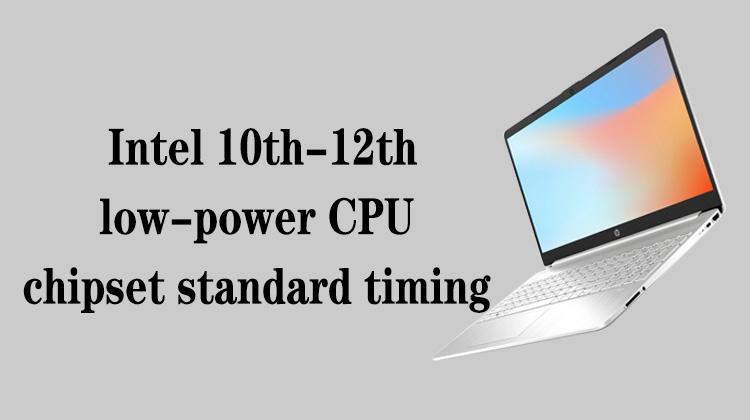1
00:00:00,400 --> 00:00:03,900
Hello everyone, today we will learn about the distribution of clock signals
2
00:00:03,900 --> 00:00:08,900
in the standard timing of Intel's 10th to 12th generation low-power CPU chipsets
3
00:00:18,466 --> 00:00:25,800
First of all, after each power supply is normal, the 38.4M crystal oscillator of the CPU starts to vibrate,
4
00:00:26,000 --> 00:00:30,033
and provides the reference clock frequency for the clock module inside the CPU
5
00:00:33,166 --> 00:00:36,566
After the CPU internal clock module is initialized,
6
00:00:37,100 --> 00:00:41,600
the internal clock module will reduce and multiply the frequency of the 38.4M crystal oscillator
7
00:00:41,600 --> 00:00:44,033
to generate various clock signal outputs,
8
00:00:50,166 --> 00:00:56,100
which are respectively sent to the various peripherals, such as memory, independent graphics card,
9
00:00:56,366 --> 00:01:01,033
network card, M.2 interface, solid state drive and EC
10
00:01:07,100 --> 00:01:11,733
Among them, the two sets of clocks for the memory do not require request signals
11
00:01:15,733 --> 00:01:20,766
All PCIE bus clocks can be sent only after receiving the corresponding request signal
12
00:01:25,266 --> 00:01:30,000
For example, the 100M PCIE bus clock for the independent graphics card,
13
00:01:31,500 --> 00:01:37,900
it can be sent out after the CPU receives the low-level REQ# request signal from the independent graphics card
14
00:01:43,000 --> 00:01:48,233
The ESPI bus clock is usually 60M, but this clock can be defined by the program
15
00:01:49,200 --> 00:01:51,766
So this eSPI bus clock is custom
16
00:01:53,533 --> 00:01:56,133
Ok, here is the distribution of each clock signal







